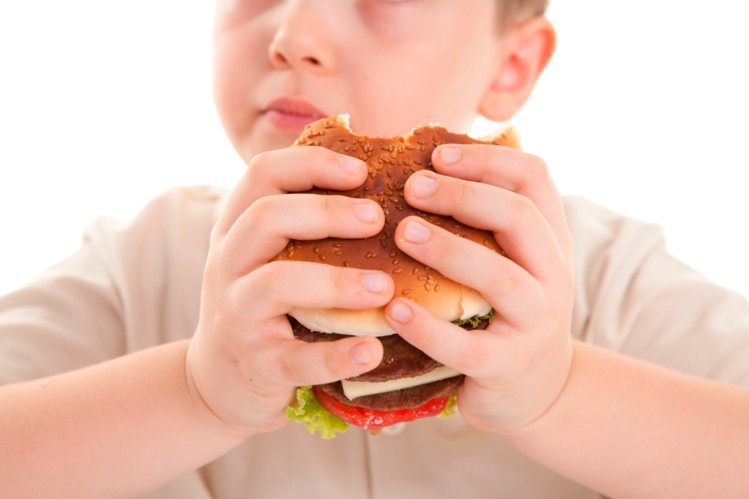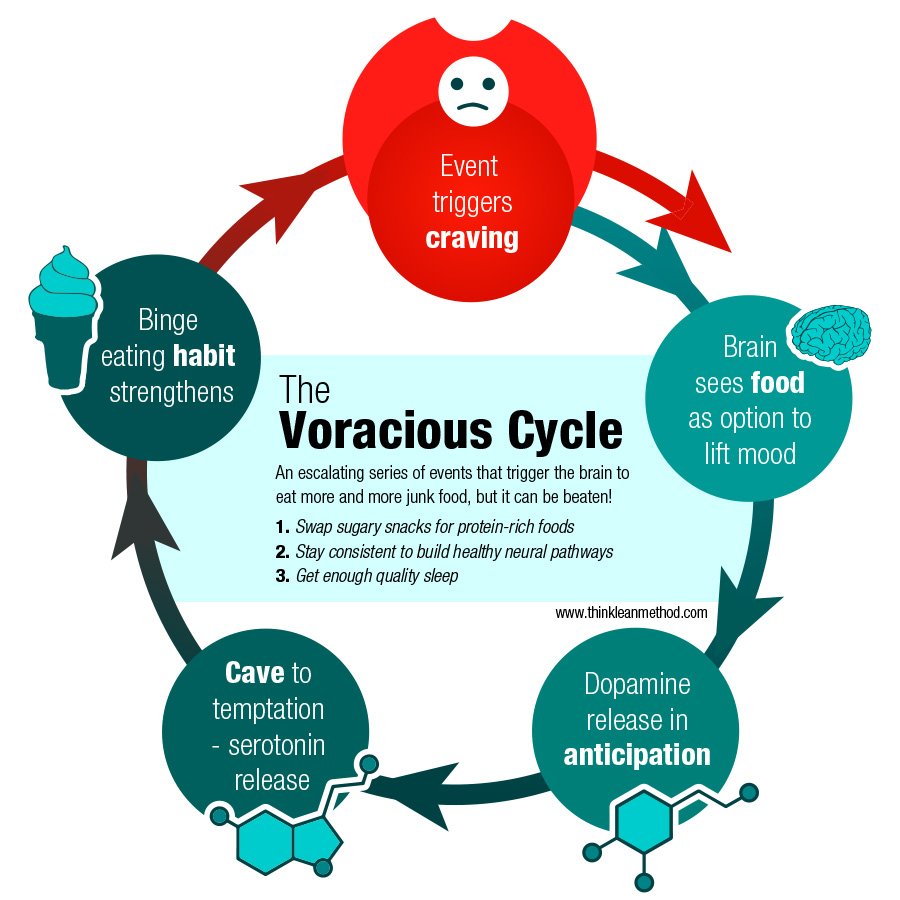
Obesity is a mounting public health issue, which has tripled in growth over the past 40 years, and is among the biggest preventable deaths worldwide.1 Obesity can be defined as men who exceed 25% body fat, and women who surpass 35% body fat; measures that apply to 72% of males and 64% of females in the United States.2 Causes of obesity are multifactorial in nature and often include a general decrease in physical activity and overconsumption of calories2(554)However, such aberrations in human movement and food consumption has been slowly manifested by cultural and technological revolutions. As such, the following will explore the same.

It is likely that leaps in transportation (i.e., trains, automobiles, planes, ships) has disincentivized the requirement to ambulate in Westernized societies. Yet, another equally reasonable submission is that most individuals work in sedentary environments spending as much as 75% of their workdays (i.e., 8-12 hours) sitting down. Furthermore, the average American spends an additional 2.8 hours watching television after work.5Prior to joining the workforce, young adults spend as much as 10 hours a day studying in seated positions.6 As an aggregate, individuals are moving less and sitting more compared to the pre-industrial revolution era. Though sedentary behavior is an impetus of obesity, it is by no means the sole propagator of the epidemic.

Nutrition, and more specifically, nutrient-dense/hyperpalatable foods has become a cornerstone of obesity and the development of metabolic syndrome.7 As discussed in previous posts by this author, ultra-processed foods and drinks (UPFDs) have a combination of substances not found in the natural environment.8 As such, researchers like Ifland et al7 have submitted that UPFDs might have addictive qualities since they have combinations of sugar, fat, salt, caffeine, and other refined carbohydrates which are discordant to foods found in nature. Such a rare and unusual combination of flavors is thought to develop a multisensory, layered complexity which stimulates the dopamine and reward system; a part of the brain which motivates organisms to actively seek out pleasure, such as those found in food consumption.7(7,49)

The overconsumption of UPFDs are further deepened as they also stimulate the opioid circuitry, which also induces euphoria and pleasure reinforcing the organism’s desire to seek out such foods, even if they require excessive efforts to do so.7(30, 38) Additionally, UPFDs not only encourage individuals to actively procure such foods; processed foods also stimulate food consumption despite the presence of normal satiety signals. As such, UPFDs override one’s sense of fullness, otherwise known as taste-specific satiety.7(38)
The power and influence of processed foods is thought to become amplified by other qualities of such products; UPFDs tend to be easy to consume and have enhanced aroma, texture, temperature, and viscosity enhancing the appeal of foods.7(69,93)Essentially, Kessler 7(105) noted that 5 factors influence the allure and irresistibility of UPFDs: calories, flavor hits, ease of eating, meltdown, and early hit. Such qualities have been closely researched by food manufacturing companies to override hunger and satiety mechanisms of humans.7(18)
In conclusion, obesity is a mounting public health issue, which has tripled in growth over the past 40 years, and is among the biggest preventable deaths worldwide. Sedentary behavior and chronic overconsumption of hyperpalatable foods has provided fertile grounds necessary for the exponential growth of such an epidemic. Increased awareness of decreased physical activity and the addictive, behavior-altering effects of UPFDs might serve as a first step in combating such a preventable disease.
References
1. Dioikitopoulos EV, Minos D, Vandoros S. The (agri-)cultural origins of obesity.Soc Sci Med. 2019;1-27. doi:10.1016/j.socscimed.2019.112523.
2. Kenney WL, Wilmore, JH, Costill DL. Physiology of Sport and Exercise5th ed. Champaign, IL: Human Kinetics; 2012.
3. Kessler DA. The End of Overeating: Taking Control of the Insatiable American Appetite. New York, NY: Rodale Inc.; 2009.
4. Sui W, Smith ST, Fagan MJ, Rollo S, Prapavessis H. The effects of sedentary behavior interventions on work-related productivity and performance outcomes in real and simulated office work: A systematic review. Appl Ergon. 2019;75:27-73. doi:10.1016/j.apergo.2018.09.002.
5. Bureau of Labor Statistics (2018). American time use survey-2018 results.http://www.bls.gov/news.release/pdf/atus.pdf Updated June 19, 2019. Accessed September 24, 2019.
6.Zhang J., Seo DC, Kolbe L, Middletadt S, Zhao W. Associated trends in sedentary behavior and BMI among Chinese school children and adolescents in seven diverse Chinese provinces. Int J Behav Med. 2011;19(3):342-349. doi:10.1007/s12529-011-9177-2.
7. Ifland JR, Preuss HG, Marcus MT, et al. Refined food addiction: A classic substance use disorder. Med Hypotheses: 2009;72:518-526. doi:10.1016/j.mehy.2008.11.035.
8. Gibney MJ, Forde CG, Mullally D, Gibney ER. Ultra-processed foods in human health: A critical appraisal. Am J Clin Nutr. 2017;106(3);717-724. doi:https://doi-org.libproxy.bridgeport.edu/10.3945/ajcn.117.160440.
-Michael McIsaac
